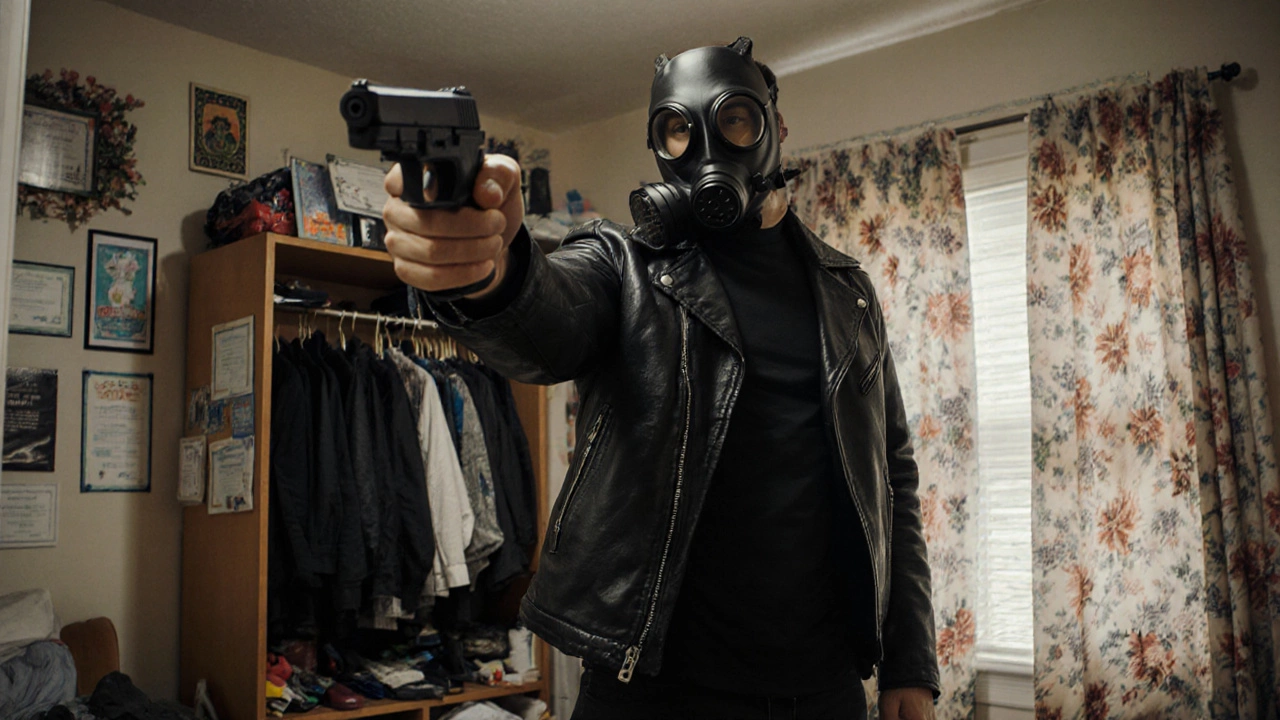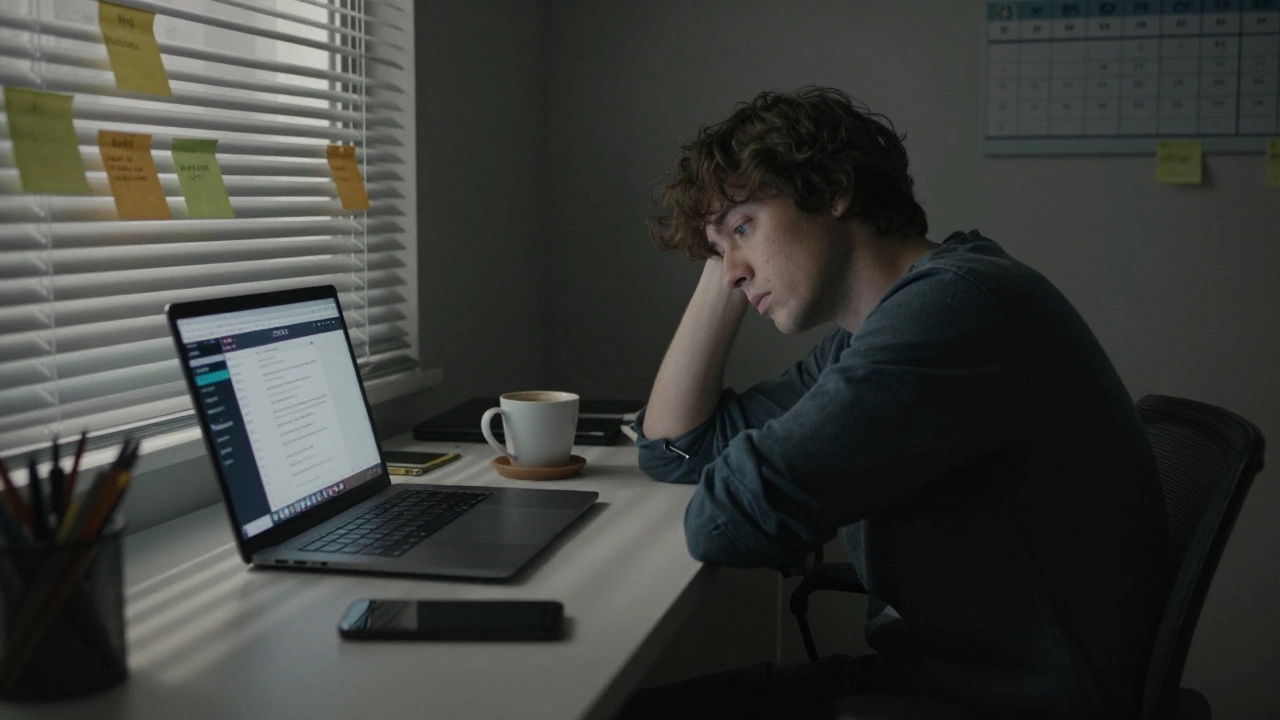Forensic Evidence in Sports: Why Proof Matters
When talking about forensic evidence, the scientific proof used to verify or refute claims in a sporting context. Also known as sports forensic analysis, it underpins everything from drug testing to video‑review decisions. sports doping, the illegal use of performance‑enhancing substances relies on lab tests that confirm banned compounds. video replay, the technology that re‑examines disputed moments on the field provides visual proof that can overturn a referee’s call. Together these tools show how forensic evidence enables fair play and protects athlete health.
How Different Types of Evidence Interact
Forensic evidence encompasses lab analysis, digital footage, and biometric data. A doping scandal, for example, starts with a suspicious lab result, then may involve video replay to trace how a substance entered the athlete’s system. This creates a semantic triple: forensic evidence requires scientific testing, and scientific testing informs anti‑doping rulings. Likewise, match‑fixing investigations depend on betting pattern analysis and on‑field video proof. When a suspicious betting surge aligns with a controversial play, investigators combine match fixing, the manipulation of game outcomes for profit data with video replay to build a case. The relationship is clear: forensic evidence supports integrity checks across the sport.
Injury analysis is another spot where proof matters. Biomechanical sensors capture impact forces, while medical imaging provides visual confirmation of damage. This data becomes forensic evidence when a player disputes a foul or a league reviews a concussion protocol. The triple here is: forensic evidence includes sensor data, sensor data helps assess injury severity, and injury severity guides disciplinary action. By linking these pieces, leagues can make decisions that feel right to fans and fair to athletes.
What you’ll find in the collection below are real‑world examples of how forensic evidence is used across sports. One article breaks down a recent Asia Cup match where video replay changed the outcome, another dives into a study on nicotine pouches and their impact on player performance, and a third looks at the economics behind match‑fixing scandals. Each piece shows a different angle of the same core idea: proof drives the game’s credibility.
So, whether you’re curious about how a lab test can end a career, how a replay can save a point, or how data can expose a fix, the posts ahead give you the details you need. Dive in and see how forensic evidence keeps the sport honest and the competition fierce.
Barry George Acquitted in Jill Dando Murder Retrial
Barry George's 2008 retrial for the killing of TV presenter Jill Dando unfolded at the Old Bailey with new photographic evidence and a contested forensic claim. The prosecution painted him as an obsessed fan, while the defence offered an alibi that put him elsewhere. Key residue evidence was ruled inadmissible, weakening the case. After weeks of testimony, the jury returned a not‑guilty verdict on August 1, freeing George after seven years behind bars. Police later described the killing as a professional hit, leaving the case still unsettled.



